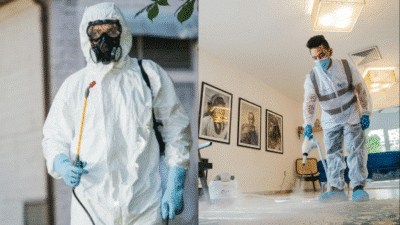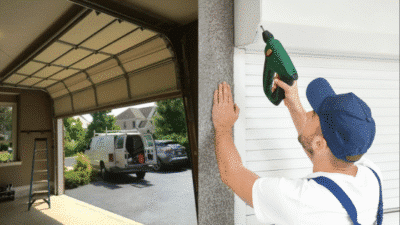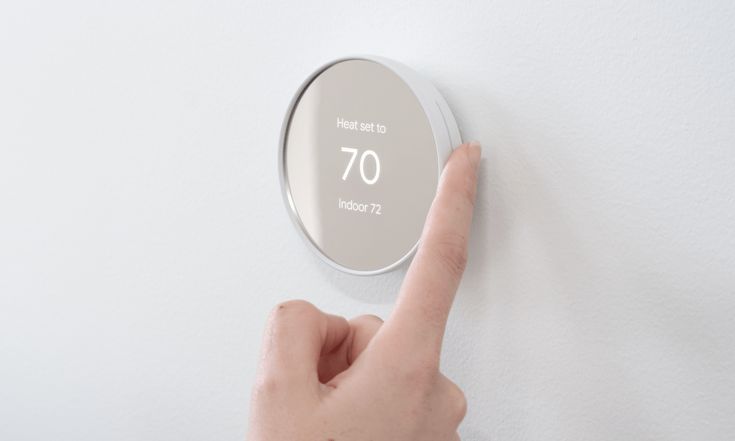
Ever glanced at your thermostat on a frosty morning and seen “Aux Heat” flashing back at you? You’re not alone, and no, it doesn’t mean something’s broken (necessarily). It just means your system is calling in backup.
In HVAC lingo, auxiliary heat is the secondary heat source your heat pump turns to when it’s struggling to keep up, usually when it’s really cold outside or the indoor temperature drops a few degrees below your setting.
Think of it as your home’s heating safety net.
Aux heat kicks in when:
- Your heat pump can’t hit the set temp fast enough
- The system enters defrost mode.
- There’s a big gap between the indoor and thermostat temperature.
But here’s the catch: it’s not the most energy-efficient feature, and overusing it can spike your utility bills. That’s why it helps to understand when and why auxiliary heating shows up, and what you can do about it.
How a Heat Pump Works (and Where Aux Heat Comes In)
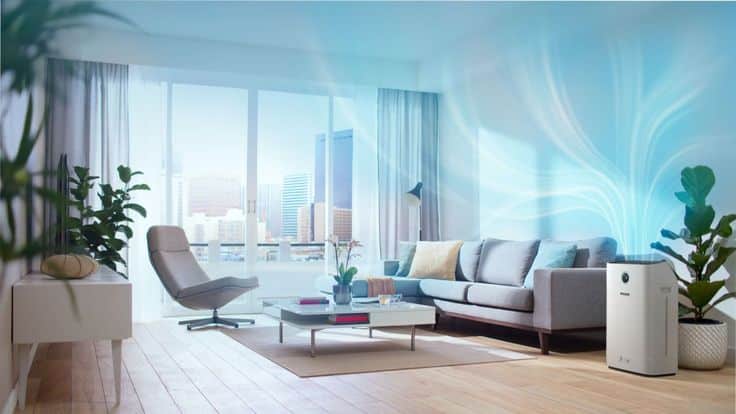
Let’s break this down: your heat pump is a clever little machine that doesn’t actually “create” heat—it transfers it. Kind of like a reverse fridge for your whole house.
In cooler months, it pulls heat from the outdoor air (yes, even when it’s cold outside) and brings it inside. In the summer, it works in reverse, pulling heat out of your home. This back-and-forth magic is made possible through a refrigerant loop and some smart engineering.
But here’s the catch…
When temperatures drop too low, especially below 35–40°F, your heat pump starts to struggle. There’s simply not enough warmth in the air for it to work efficiently. That’s when the thermostat calls in the backup: auxiliary heat.
So, what exactly is auxiliary heat?
t’s your system’s secondary heating source, typically made up of electric resistance heating strips inside the air handler. These are kind of like giant toasters that heat the air as it moves through your ductwork.
You’ll usually see aux heat kick in when:
- The temperature inside drops 3+ degrees below your thermostat setting
- Your heat pump enters defrost mode (melting ice off the outdoor unit)
- You raise the thermostat by several degrees all at once
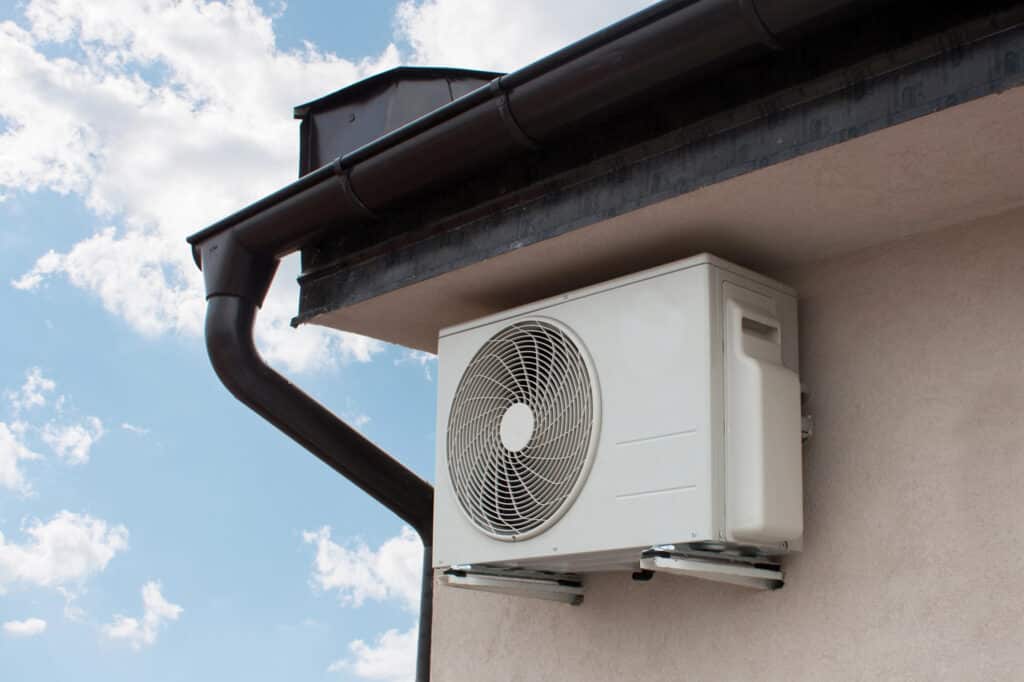
Primary vs. Auxiliary Heating (Quick Table)
| Heating Type | Function | When It’s Used | Energy Efficiency |
| Primary Heat (Heat Pump) | Transfers heat from outdoors | Mild to moderately cold temperatures | Very efficient |
| Auxiliary Heat | Uses electric resistance heating | Freezing temps or system fallback | Less efficient (costly) |
In most homes, auxiliary heat is automatic, triggered by the thermostat when needed. It’s a helpful backup, but not one you want running 24/7. Understanding how your HVAC system makes this switch gives you control over comfort and your energy bill. And that’s what smart winter living is all about.
And if your heat pump isn’t performing the way it should or you’re unsure about your setup, it’s always smart to consult a local HVAC specialist who can inspect your system and help improve efficiency before peak winter hits.
What Triggers Auxiliary Heat Mode?
Ever wonder why your thermostat suddenly flips to “Aux Heat”? It’s not a random glitch; it’s your HVAC system reacting to specific conditions that demand extra help.
Let’s break it down.
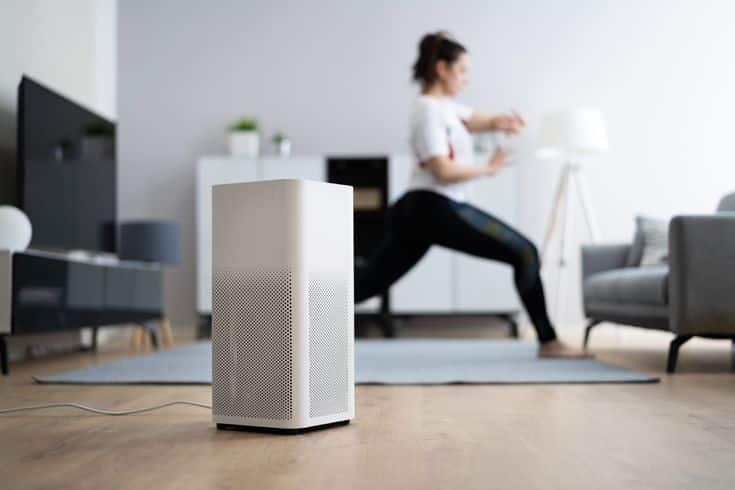
1. Temperature Drop Inside Your Home
Your thermostat is smart enough to know when your home’s temperature is falling behind. If the indoor temp dips 3 degrees or more below the set point, it figures your heat pump needs help and activates the auxiliary heating system.
Example:
You’ve got your thermostat set to 70°F. But after a cold front rolls in, your living room sits at 66. That’s when auxiliary heat kicks on to get things back on track fast.
2. Freezing Outdoor Temperatures
Heat pumps work by pulling warmth from the outside air. But when the air outside dips into the 30s or below, there’s just not enough heat to extract efficiently. At this point, the system auto-switches to electric resistance heating as your backup heat source.
The colder it gets outside, the more your system relies on second-stage heating (a.k.a. auxiliary heat).
3. Defrost Mode
Your outdoor condenser unit can develop frost or ice in freezing temperatures. When that happens, your heat pump temporarily enters defrost mode, redirecting hot refrigerant to melt the ice. During this time, the heat pump can’t heat your home, so auxiliary heat takes over to avoid sending cold air inside.
4. Sudden Thermostat Bump
Cranking up the thermostat 6–8 degrees all at once? You’re sending a panic signal to your HVAC system. It will almost always trigger auxiliary heat to close that gap faster. That’s why slow, 2-degree adjustments are often recommended.
Auxiliary Heat vs. Emergency Heat: What’s the Difference?
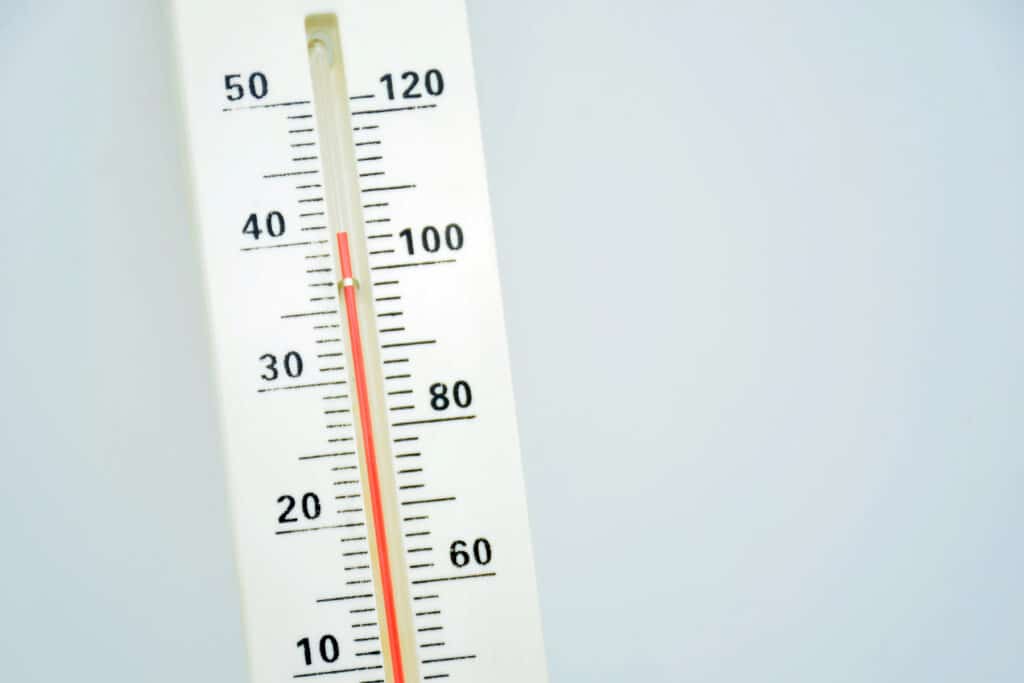
Let’s clear this up: auxiliary heat and emergency heat are not the same thing. They sound similar (and they’re both part of your HVAC system), but they serve different purposes, and more importantly, they’re triggered in different ways.
Think of it like this:
- Auxiliary heat is your thermostat’s way of saying, “Hey, the heat pump needs a little help.”
- Emergency heat is your way of saying, “Something’s wrong—I’m taking over.”
Here’s a side-by-side comparison:
| Feature | Auxiliary Heat | Emergency Heat |
| How it activates | Automatically by the thermostat | Manually turned on by the user |
| When it’s used | The heat pump can’t meet the demand or is in defrost | The heat pump is damaged or completely nonfunctional |
| Energy use | High | Even higher |
| Duration | Short-term assistance | Temporary backup mode |
When to Expect Auxiliary Heat
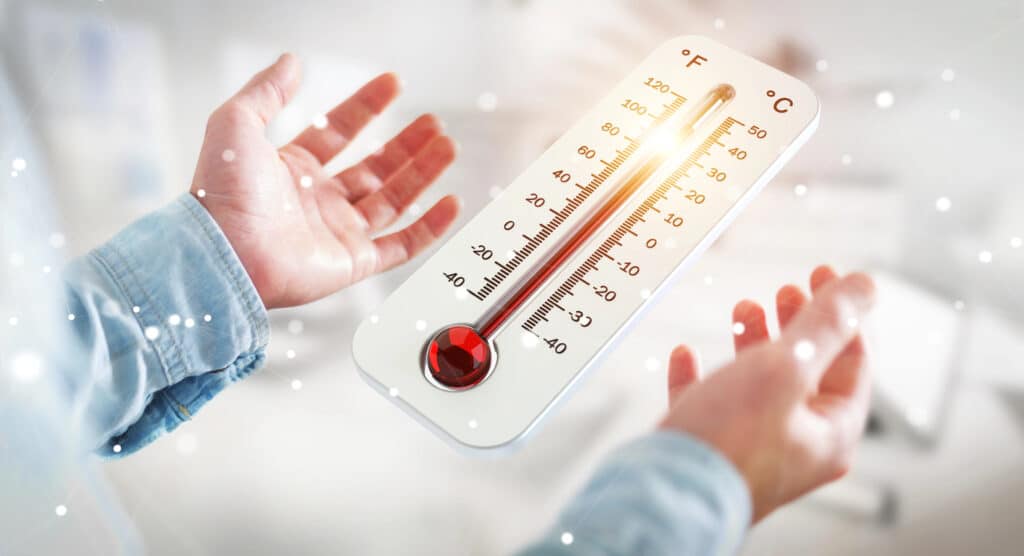
Auxiliary heat usually kicks in during:
- Freezing outdoor temperatures (below 35–40°F)
- Big jumps in your thermostat setting
- Defrost cycles when your outdoor unit is iced over
- Situations where the heat pump alone can’t maintain comfort
It works automatically and turns off once the heat pump catches up.
When to Use Emergency Heat
Emergency heat, on the other hand, should only be used when your primary heating system (the heat pump) isn’t working at all. Think:
- A mechanical failure in the outdoor unit
- Frozen coils that won’t defrost
- Total system shutdown due to power or component issues
Turning on emergency heat forces the system to rely solely on your electric resistance backup heat, bypassing the heat pump completely. And because this setting doesn’t turn off on its own, it’s easy to leave running… which could send your electric bill through the roof.
How to Avoid Unnecessary Auxiliary Heat Usage
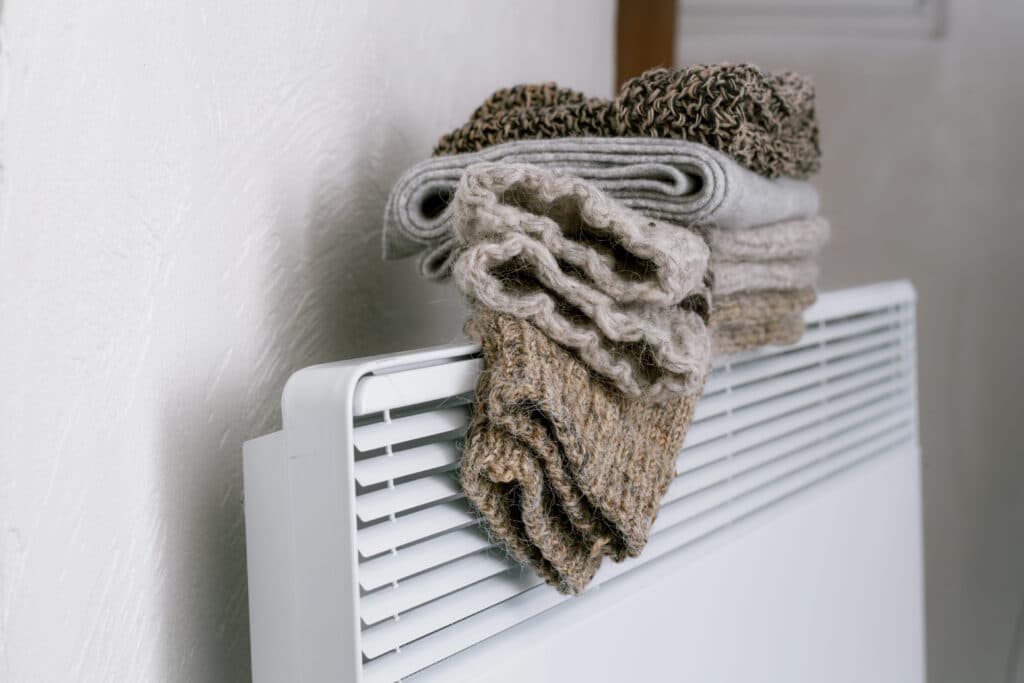
If you’ve ever cringed at your winter electric bill, there’s a good chance auxiliary heat was the culprit. While it’s a handy backup, it’s also energy-intensive and costly when overused. The good news? With a few smart adjustments, you can keep your home warm without constantly triggering the aux heat mode.
1. Ease Up on Thermostat Changes
One of the fastest ways to activate auxiliary heat is by suddenly raising your thermostat several degrees.
Better approach:
Increase the temperature by 2 degrees at a time. This lets your heat pump handle the job on its own without calling for backup.
2. Seal and Insulate Your Home
Cold drafts and leaky windows force your HVAC system to work harder.
Quick fixes:
- Add weather stripping to doors and windows
- Use thermal curtains
- Seal gaps around ducts, pipes, and wiring
A well-sealed home means less heat loss and fewer reasons for your system to switch to electric resistance heating.
3. Use a Smart Thermostat
Modern thermostats can reduce your reliance on auxiliary heating by learning your habits and adjusting intelligently. Many models avoid triggering auxiliary heat unless necessary, which translates to savings.
4. Regular HVAC Maintenance
Dusty filters, low refrigerant, and poor airflow all strain your system. Schedule a seasonal HVAC tune-up to keep your heat pump working at peak efficiency.
5. Close Off Unused Rooms
Redirect warm air to the areas you use most by shutting doors and vents in unused spaces. Less square footage to heat = less chance of backup heat kicking in.
Making these small changes doesn’t just reduce your energy use; it helps your HVAC system work smarter, not harder.
The Cost of Running Auxiliary Heat
Let’s talk dollars because auxiliary heat can hit your wallet harder than you might expect.
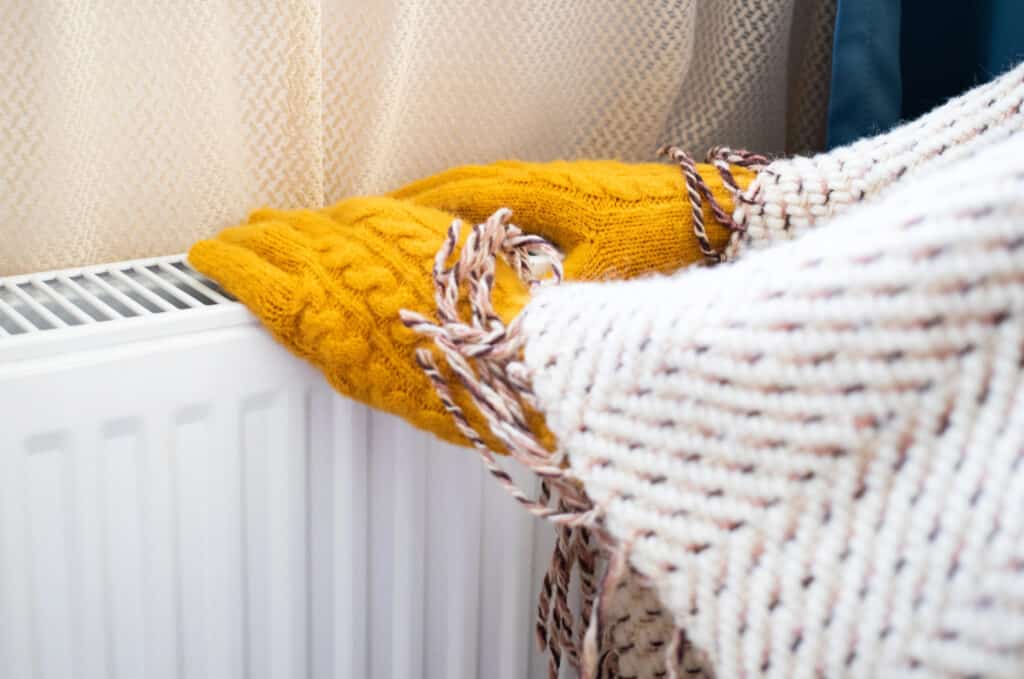
When your heat pump switches to electric resistance heating, it’s like swapping a fuel-efficient car for a gas-guzzling truck. Sure, you’ll still get where you need to go (a warm house), but the cost? Not so friendly.
Why Is Auxiliary Heat More Expensive?
Unlike your heat pump, which transfers heat efficiently from outside air, auxiliary heat creates heat using electricity. That process burns way more energy, sometimes 2 to 3 times more.
Real-World Impact
If your system runs on auxiliary heat for just a few hours each day, you might see your electric bill increase by 20–40% in peak winter months. Leave it on too long, and you’re looking at a serious uptick in utility costs.
Tips to Minimize the Financial Hit
- Avoid sudden thermostat jumps (raise the temp gradually)
- Use smart thermostats to prevent unnecessary aux activation.
- Schedule regular HVAC maintenance to improve efficiency.
- Upgrade to a dual-fuel system (heat pump + gas furnace)
- Consider newer tech like mini-split systems or Hyper-Heating H2I® units.
What To Do If Your Thermostat Is Always in Aux Heat Mode
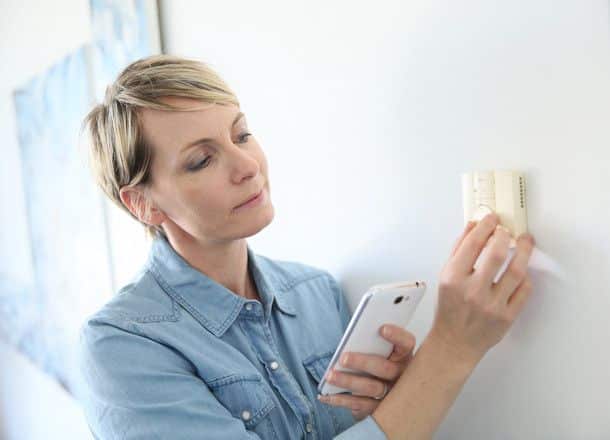
If your thermostat seems permanently stuck in auxiliary heat mode, don’t panic, but don’t ignore it either. While it’s normal for aux heat to kick in during freezing weather, it shouldn’t be your system’s default setting.
When aux stays on too long, it’s a red flag that your heat pump may be struggling or failing altogether.
Here’s What You Can Check:
- Outdoor Unit Issues
Your condenser unit might be iced over or not running properly. In defrost mode, aux heat takes over, but if the defrost cycle never ends, something’s wrong. - Thermostat Settings
Newer thermostats are sensitive. If your temp setting is too high or you raise it too quickly, the system could default to electric resistance heating. Try smaller temperature adjustments of 2° at a time. - Airflow Restrictions
Dirty air filters, blocked vents, or duct leaks can reduce efficiency, forcing the system to rely on backup heat. - Low Refrigerant Levels
When the refrigerant is low, your heat pump can’t transfer heat effectively. That forces it to fall back on the secondary heating system.
When to Call a Pro:
If you’ve checked the basics and the aux heat is still constantly running, it’s time to call in a licensed HVAC technician. They’ll test for:
- Faulty thermostat sensors
- Failing reversing valve
- Compressor or motor issues
- Leaks or blockages in the refrigerant line
- 0shares
- Facebook0
- Pinterest0
- Twitter0


